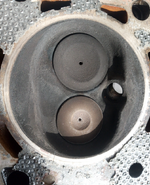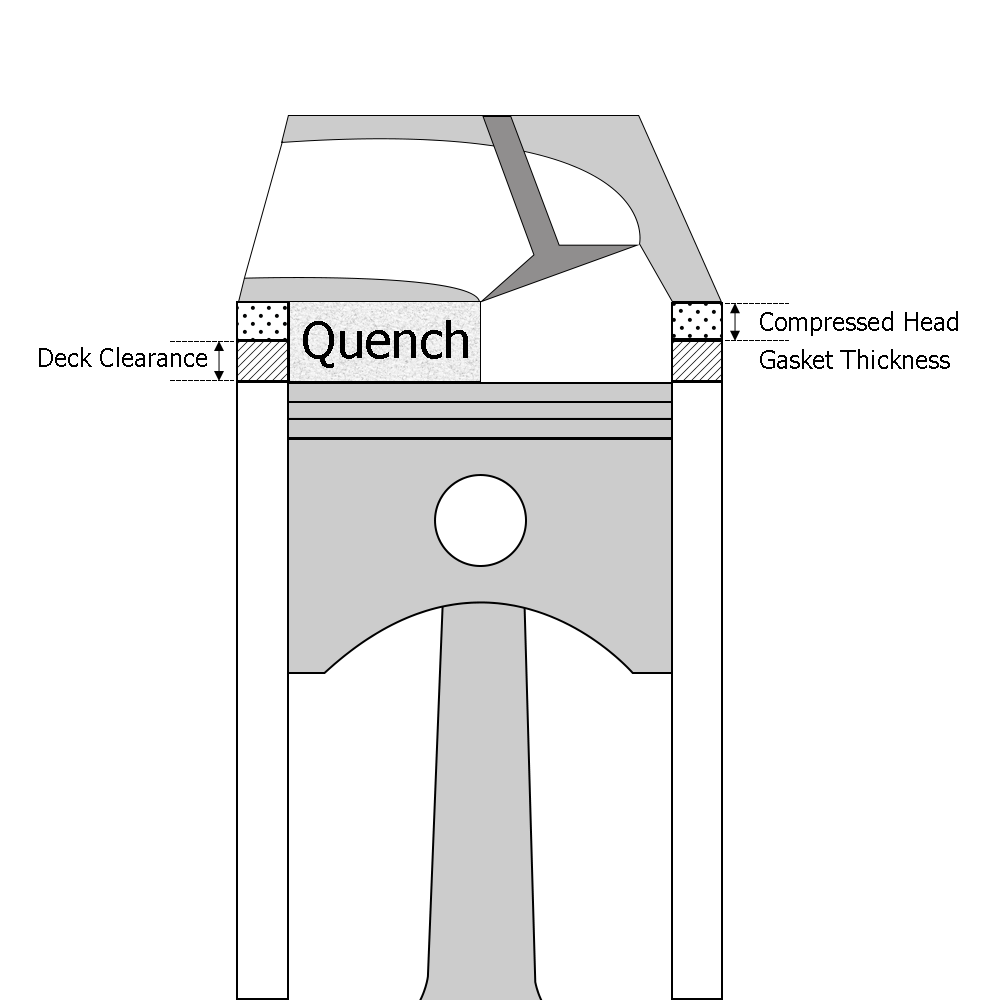For DOHC-4valve chambers, which are usually short on squish-band area due to having plenty of valve area, all I've ever heard has been that the tighter you can get it without piston-to-head collisions at high revs, the better off you are. It's better to have air-fuel mixture pushed into the chamber where it has a chance of burning and is closer to the spark plug and flame front, than to have it out in the far reaches where it can contribute to knock. It's better to have plenty of small-scale charge turbulence near TDC to encourage faster controlled combustion near TDC or shortly afterward. Any air-fuel mixture that you can controlled-burn, can't knock.
Only experience I have with this has been with a high performance motorcycle engine (DOHC 4-valve) which had squish clearance set tighter than stock according to the Kawasaki race-kit manual (via select-fitting of head gasket thickness), which I was not about to second-guess. Combustion chambers are otherwise stock, pistons are not (Wossner 13:1 via a very slight dome, inboard of all the squish-bands). This engine ended up needing less ignition timing advance than stock by about (if I remember right - this is getting to be quite a while ago) 3 degrees - indicative of faster combustion.
Old skool 2 valve per cylinder "wedge" chambers can have much, much bigger squish areas, and I've heard rumours and speculation that going too tight can initiate knock because you're almost trapping charge in there without giving it enough time to get out, but I've never messed with those.


